emissions solutions
carbon capture and storage project in california takes root
2 min read | may 23, 2022
Where do you put the carbon dioxide captured before it has a chance to escape into the atmosphere? At Chevron’s Kern County facility in California, we are planning to put it deep underground by injecting it into a subterranean storage reservoir.
This can help Chevron lower the carbon intensity of our operations and meet our lower carbon goals in the Golden State.
- Carbon capture, utilization and storage (CCUS) is the process of either removing carbon dioxide that has entered the atmosphere or capturing it before it has a chance to get that far. Then it’s either reused to manufacture items such as building materials or it’s sent through an injection well into the ground, where it is safely stored.
the big picture
CCUS is a critical part of lowering greenhouse gas emissions and meeting state and global goals for emission reductions.
- The global net-zero goals of the Paris Agreement, along with the California Air Resources Board’s carbon neutrality goal, rely on carbon capture and storage technologies, which are important to California reaching its emissions reduction targets.
- Capturing and storing carbon in a project like the one planned for Kern County will assist Chevron in its efforts to lower our own carbon intensity and contribute to the state’s lower carbon goals.
where it stands
Chevron has filed for a conditional use permit with Kern County.
- This is the first step in the process, which includes years of data gathering and analysis to verify safety and receive the approval that will allow us to begin injecting captured carbon into pore space, the underground space that will contain the carbon dioxide (CO2).
- We also plan to engage the community throughout the process, sharing progress, gathering input and answering questions.

for the record
Current data shows CCUS is safe. Carbon dioxide has been safely injected in the ground since the 1970s and permanently stored in another state since 2011.
- “It’s all about making it safe,” said David Wessels, a Chevron facilities engineer working on permitting. “All the requirements of the (federal) Class VI permit are related to public safety and health, all the way to financial responsibility.”
between the lines
California is one of the most policy-enabled places for CCUS, with its ambitious decarbonization goals and incentives, such as the Low Carbon Fuel Standard. State and federal economic incentives can encourage deployment of CCUS at scale.
what’s next
Although California has not approved any carbon storage projects to date, Chevron is looking forward to being a leader in carbon capture and storage in the state.
- “It’s an opportunity to demonstrate what CCUS can do,” said Meagan Neal, Chevron’s CCUS policy advisor. “California really is the place to get it right.”
david wessels
chevron facilities engineer
topics covered
related content
-
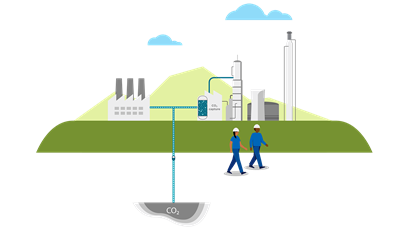
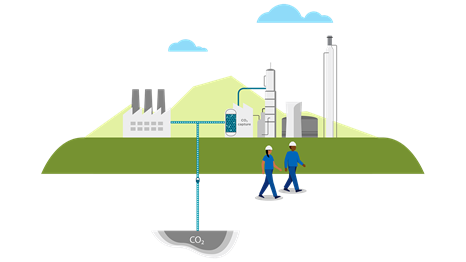 explainer: what do we mean by hard-to-abate industries?
explainer: what do we mean by hard-to-abate industries?emissions solutionsmay 03, 2024
-
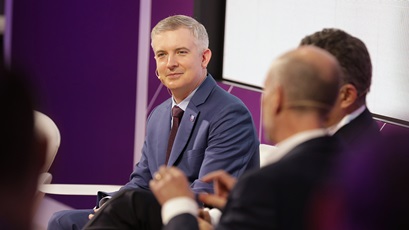
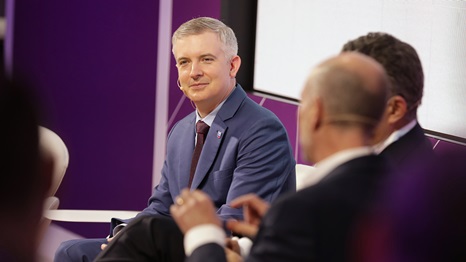 laying the foundation to realize carbon capture’s potential
laying the foundation to realize carbon capture’s potentialemissions solutionsmarch 27, 2024
-
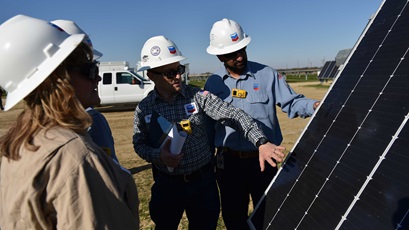
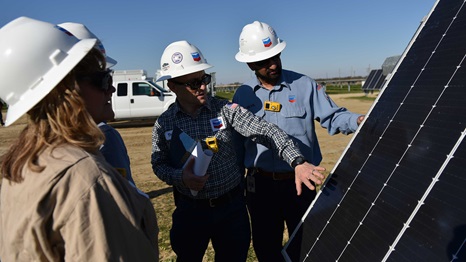 hydrogen facility to be a chevron first
hydrogen facility to be a chevron firstour operationsfebruary 29, 2024
-

 supply chains are part of the evolution in energy
supply chains are part of the evolution in energyemissions solutionsjanuary 11, 2024
chevron email updates
Subscribe to our newsletter to receive news and updates.



